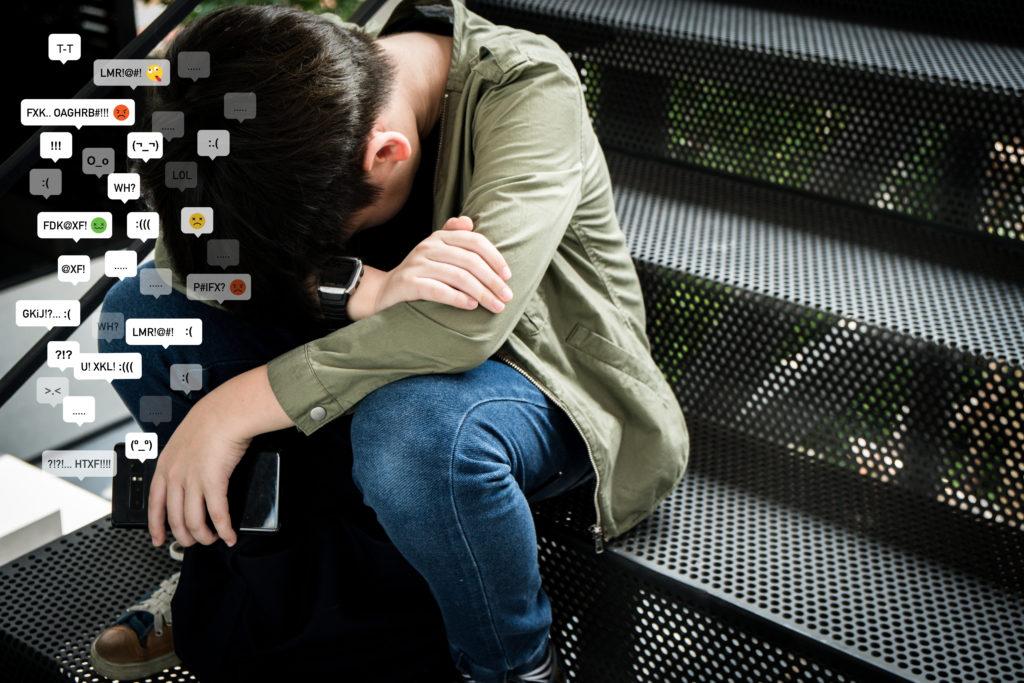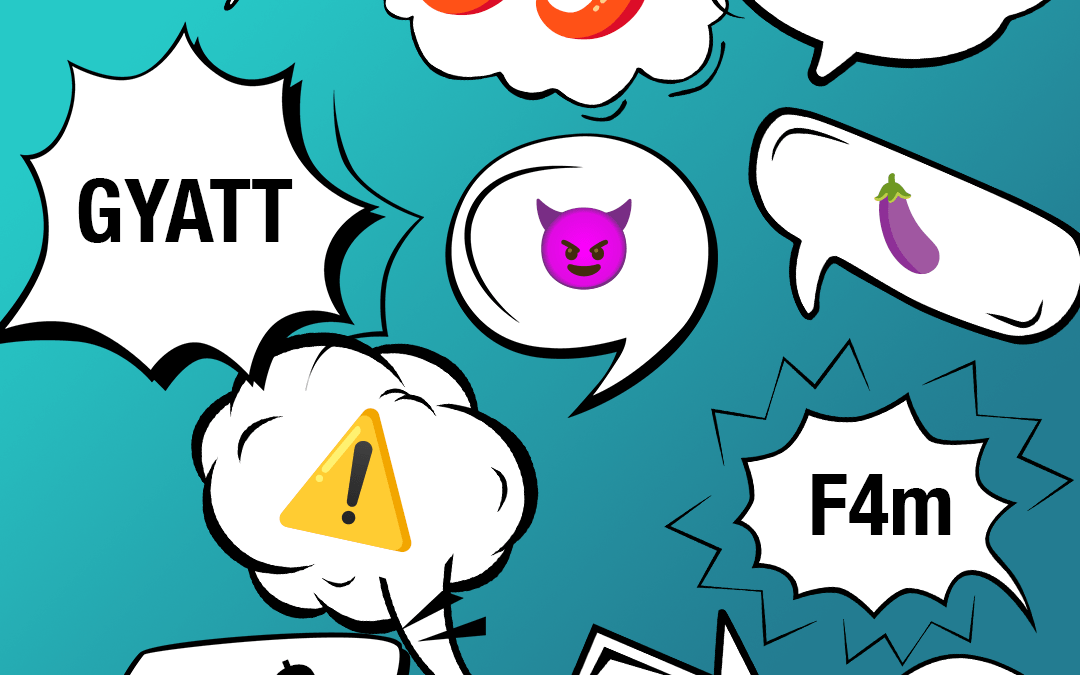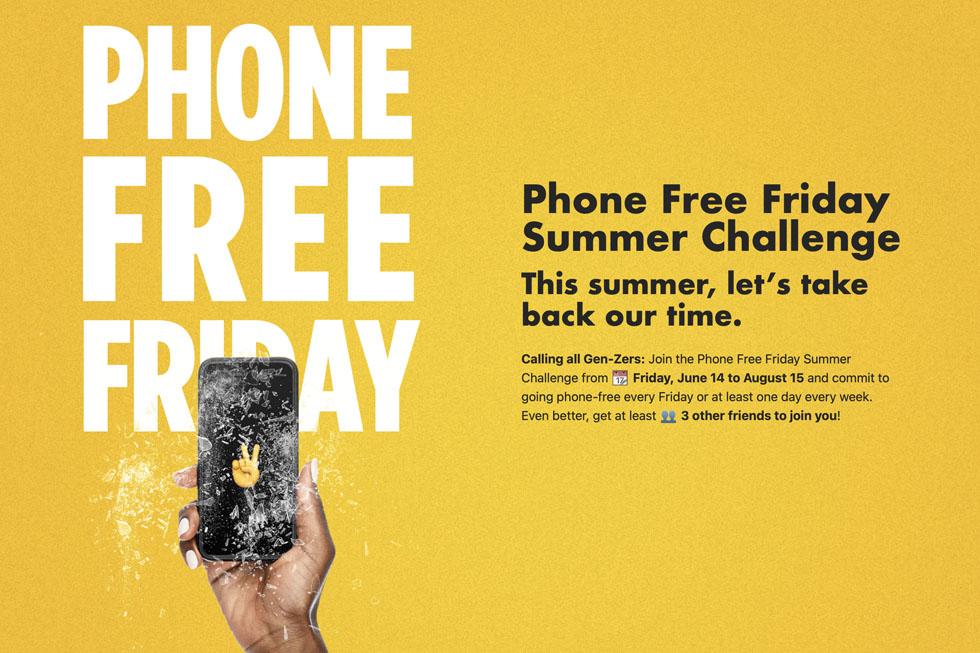
Bullying Doesn’t Stop After School
In the days of social media and advancing technology, bullying among adolescents no longer stops when the school dismissal bell rings. Kids don’t leave the influence of their classmates on school grounds, rather they’re connected everywhere they go through online social media forums, mobile apps, text messages, and live online gaming. As parents, it’s important that we pay attention to both cyberbullying and traditional bullying, along with how they interact together.
Cyberbullying typically occurs alongside traditional bullying, with greater intensity as it makes it easier for the offender to escalate their attacks behind the veil of technology. From harmful insulting comments, harassment, malicious rumors, ethnic or racial slurs, threats, and group exclusions, cyberbullying is difficult for parents to identify it as it’s happening.
Let’s face it many children and teens are faced with more challenges than previous generations given today’s advancements in technology. While technology may make our lives easier, and does provide a benefit in many ways, it also adds a new level of stress that previous generations didn’t have to contend with. Of course, we’d all like to think our child will talk to us about their feelings, emotions, concerns, questions, but in reality, do they?
Cyberbullying Statistics
According to research studies, “[c]yber bullying typically starts at about 9 years of age and usually ends after 14 years of age; after 14, it becomes cyber or sexual harassment” (Cherian, 2019). Research studies around cyberbullying vary as many studies rely on self-reporting surveys which make it difficult to account for biases like social desirability bias, when the respondent wants to ‘look good’ even when the survey is anonymous. And, response bias, whereby the student being surveyed does not answer the questions truthfully.
As of 2020, the cyberbullying victimization rate among middle and high school students stands at an all-time high, according to Joseph Johnson, a research expert on internet use, cybercrime, digital privacy, and online search at Statista. However, many parents aren’t sure if their children are victims because children do not always divulge this to their parents.
What Parents Can Do
As parents educating our children about healthy and responsible digital habits is important for a variety of reasons. After all, once a comment, a tweet, a photo, any post, blog, vlog, etc. is uploaded to the Internet, it’s never deleted. Yes, users may delete whatever they’ve posted, but data organizations are continuously saving everything across the Internet, ensuring nothing is ever truly deleted. This ‘living’ platform uses our data to create profiles of us and our children, which may be used by future employers, schools, and the government. So, it’s imperative that children understand the consequences of their actions online and how online activity may impact their reputation.
Remember all reputations are impacted, whether a child is the target of a bully online or is the bullying offender. Therefore, it’s important to guide your children and remind them to avoid writing responses, posts, comments when they are in an upset and emotional state.
According to the United States Justice Department, “Parents should stay involved in their children’s digital world, know the apps they use, use parental controls where possible, and block and report people who make them feel uncomfortable. Parents should encourage an open conversation with their children and educate them about online risks.
Key points to discuss with kids include:
- Only chat with people they know
- Ensure their online accounts are private
- Block people they don’t know or trust
- Trust their instinct—if something makes them feel uncomfortable, tell a trusted adult about it.
Kids and parents should stay alert—people aren’t always who they seem in online environments where identity is easy to fake.”
If your child is being bullied online follow instructions from the U.S. Department of Justice.
Tools For Parents and Kids
Following a guide like the Search Inside Yourself Leadership Institute’s (SIYLI) practice when emotions are taking over the mind can be a useful tool to add to your child’s toolbox of coping skills. Below outlines SIYLI’s practice. No matter your child’s age, this practice will be useful throughout their lifetime, and the more it’s put into practice, the more likely it is for it to become a habit.
SBNRR: Stop, Breathe, Notice, Reflect, Respond, or if a mnemonic is easier to remember try “Siberian North Rail Road.”
Stop: The most important step is to stop oneself before the immediate emotional, gut response takes over. Remind your kids that it’s easy to get wrapped up in our emotions and impulsively respond without thinking. When we stop and make a mindful decision to take a moment, we have an opportunity to prevent the emotional downhill spiral.
Breathe: Teach your child to take a deep breath, followed by a long exhale. And repeat this at least four times while the mind begins to clear and take notice of the body’s physiological response to your deep breaths. Not only does our brain begin to calm down, but our heartrate begins to slowly return to normal beating.
Notice: Most of us have heard the metaphor relating our emotions to passing clouds in the sky. Notice what you’re feeling in your body on a moment-by-moment basis, like one would notice clouds passing overhead. Is your heart still racing? Are your thoughts full of unpleasant and unkind words and images? Are your emotions proportional to the trigger that originally upset you? As you’re taking notice of how you feel emotionally and internally through your body, attempt to identify if your emotional unrest is decreasing, remaining the same, or changing in either direction from less to intensifying.
Reflect: Ask yourself questions like: what caused the emotion? Was it because the sender of the trigger was explicitly cruel in their comment, message, text, etc? Am I feeling attacked, belittled, or threatened? What part of the sender’s content specifically upset me?
Respond: This doesn’t mean respond to the sender, rather work through responses to the trigger to identify different courses of action available. The Golden Rule “treat others as you would like them to treat you” is a great first step. Yes, it’s challenging if you feel attacked or belittled, but when we use compassion and kindness to respond to situations internally, we’re putting our mental health first. Again, this step does not mean we need to respond to the trigger, rather it’s helpful in framing our mind’s response in a compassionate and kind manner.
How to Practice so We Can Be Prepared to Use SBNRR
Search Inside Yourself (SIY) instructor Robert Chender recommends practicing SBNNR by recalling past events that triggered an emotional response and then go through the process in your head of applying it to this past event. The more this process is practice, the easier it is to incorporate it into our everyday life making it an automatic process.
While this doesn’t prevent the bully from repeated attacks, it does give your child a tool to prevent them from turning into the offender through an angry and impulsive response, which may then fuel future attacks. Resource for more information: Search Inside Yourself: The Unexpected Path to Achieving Success, Happiness (and World Peace)
OurPact is a Solution to Aid Parents in Protecting Their Child Online
Just as a parent gets to know their child’s friends from school or extracurriculars like sports or after school groups, it’s important to monitor their online friendships as well. Knowing what your child is doing online: what social networks they’re a part of, what streaming services they use, the games they play, and the people they communicate with are important to understanding who and what they’re exposed to online.
OurPact’s View Feature
This is one of the reasons OurPact created the ‘View’ feature allowing parents insight into how their child is feeling and broach conversations that may be uncomfortable at first, but helpful over time. ‘View’ gives visibility into your child’s device activity, whether they’re searching the internet, using social media, or texting a friend, via automated periodic, encrypted screenshots.
Through ‘View’ parents can schedule these periodic screenshots in increments of five minutes from five up to 30-minute intervals, while also manually requesting an instant screenshot with the touch of a button. These screenshots are sent to the parent’s OurPact app photo gallery, whereby only the parent account can decrypt the images. OurPact does not save these images anywhere and may not access them at any time. These images are only saved in the parent’s profile and automatically deleted after 14-days.
OurPact does not capture an entire text thread or social media thread, rather with the feature ‘Categories,’ it uses OCR, optical character recognition, technology and flags the screenshot if a word is found that falls within the following categories: violence, profanity, sexual content, substance abuse, along with a custom category for parents to create their own glossary of words. Each ‘category’ has an associated color and a screenshot is marked with a small circle that is the color of its corresponding category.
With screen time schedules, app blocking, web filtering, app rules, app blocker, family locator, and “view” feature, OurPact keeps your kids safe online and assists in raising digitally responsible citizens while giving parents peace of mind in knowing what their child is viewing online and that they’re safe online and in life.


